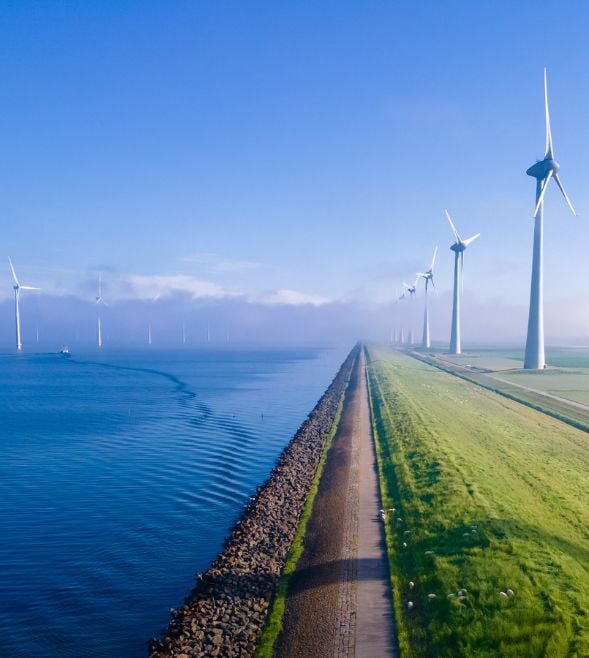
These innovations are not only exciting, but also timely.
Each one addresses urgent global challenges such as trust, health, and sustainability.
Brazil, as one of the largest emerging economies and holder of vast natural resources, presents unique opportunities and challenges for the adoption of the technologies highlighted in the report.
1. Structural Battery Composites (SBCs)
SBCs are materials that store energy while providing structural support — much like a car panel that also functions as a battery. This could make electric vehicles and aircraft lighter, more efficient, and cheaper to manufacture.
2. Osmotic Power Systems
These systems generate clean energy from the difference in salinity between seawater and freshwater, allowing saltwater to be used to supply homes and communities. It is a renewable and constant source of energy, especially useful in coastal areas.
3. Advanced Nuclear Technologies
These introduce smaller, safer nuclear reactors with new cooling methods and modular designs. They can provide reliable, carbon-free energy to meet growing global demand.
4. Engineered Living Therapies
These are genetically modified microorganisms that live in the body and produce medicines as needed. This can reduce medication costs, improve the treatment of chronic diseases, and minimize side effects.
5. GLP-1 for Neurodegenerative Diseases
GLP-1 is a class of drugs originally used for diabetes and weight loss, now being tested for treating Alzheimer’s and Parkinson’s. Early studies suggest that it could slow disease progression and improve quality of life for millions.
6. Autonomous biochemical sensing
Autonomous biochemical sensing features self-powered sensors that monitor health or the environment in real time without human input. This enables early disease detection, better food safety and faster pollution control.
7. Green nitrogen fixation
Green nitrogen fixation is a cleaner way to produce ammonia for fertiliser, using renewable energy instead of fossil fuels. This could cut carbon emissions from agriculture processes and enhance the global food supply.
8. Nanozymes
Nanozymes are synthetic nanomaterials that mimic enzymes, or nature’s catalysts, and are less fragile. This could improve drug delivery, water purification and industrial processes, with more stability and lower cost.
9. Collaborative sensing
Collaborative sensing connects networks of sensors to share data and enable AI-powered decisions like traffic control and autonomous vehicles. This technology could improve safety, reduce emissions, and help cities manage traffic.
10. Generative AI watermarking
This technology embeds invisible markers in AI-generated content to trace its origins and prove it is synthetic. With the explosion of AI content, watermarking helps fight misinformation, protect intellectual property, and restore trust in digital content.
Brazilian Scenario
Brazil is well positioned to benefit from these technologies, especially in the areas of renewable energy, public health, sustainable agriculture, and urban management. However, adoption will depend on:
- Public policies to encourage innovation
- Partnerships between government, academia, and the private sector
- Technical and digital training for professionals
- Agile regulation aligned with international standards
Elias Zoghbi, Head of Technology Consulting at Grant Thornton Brazil, believes that these innovations and disruptions — although specific to each sector — demonstrate the need for constant monitoring and a strong governance structure, so that each business can become more efficient and better connected to its market.
 “The incorporation of these emerging technologies will require more than just access to innovation, but a structure that can provide strategic governance — one that connects purpose, technical capacity, and return on these investments for the benefit of business and society.”
“The incorporation of these emerging technologies will require more than just access to innovation, but a structure that can provide strategic governance — one that connects purpose, technical capacity, and return on these investments for the benefit of business and society.”
These technologies not only represent technical advances, but also strategic opportunities for Brazil to consolidate itself as a leader in sustainable and inclusive solutions.










